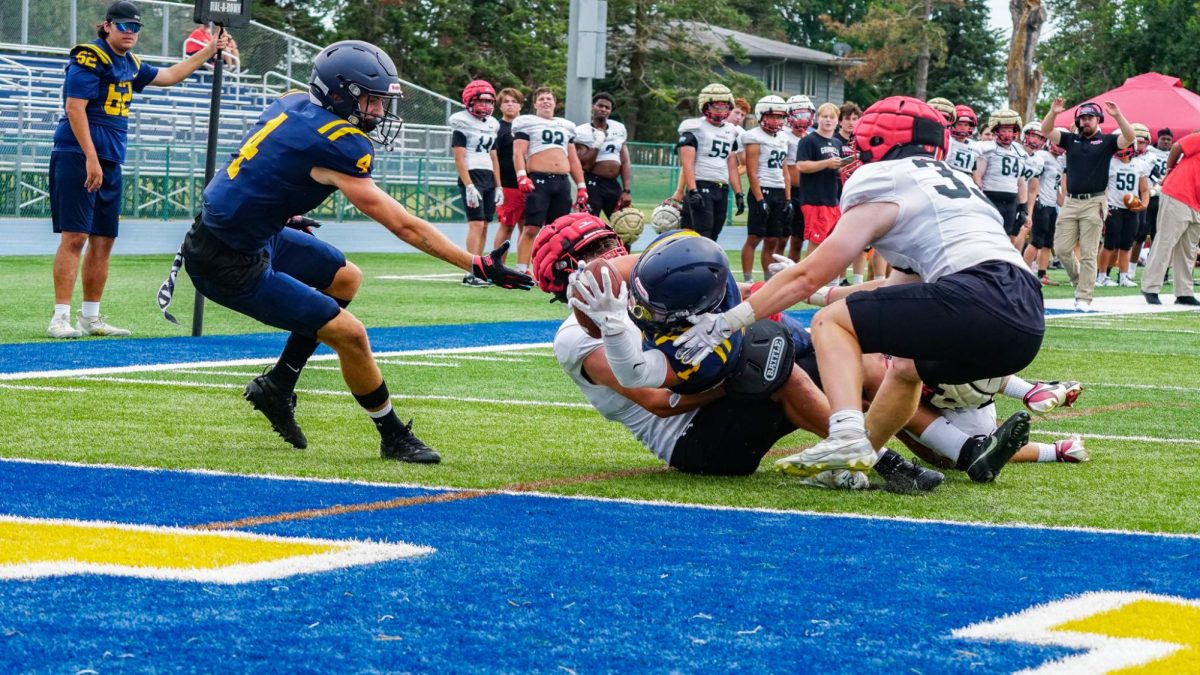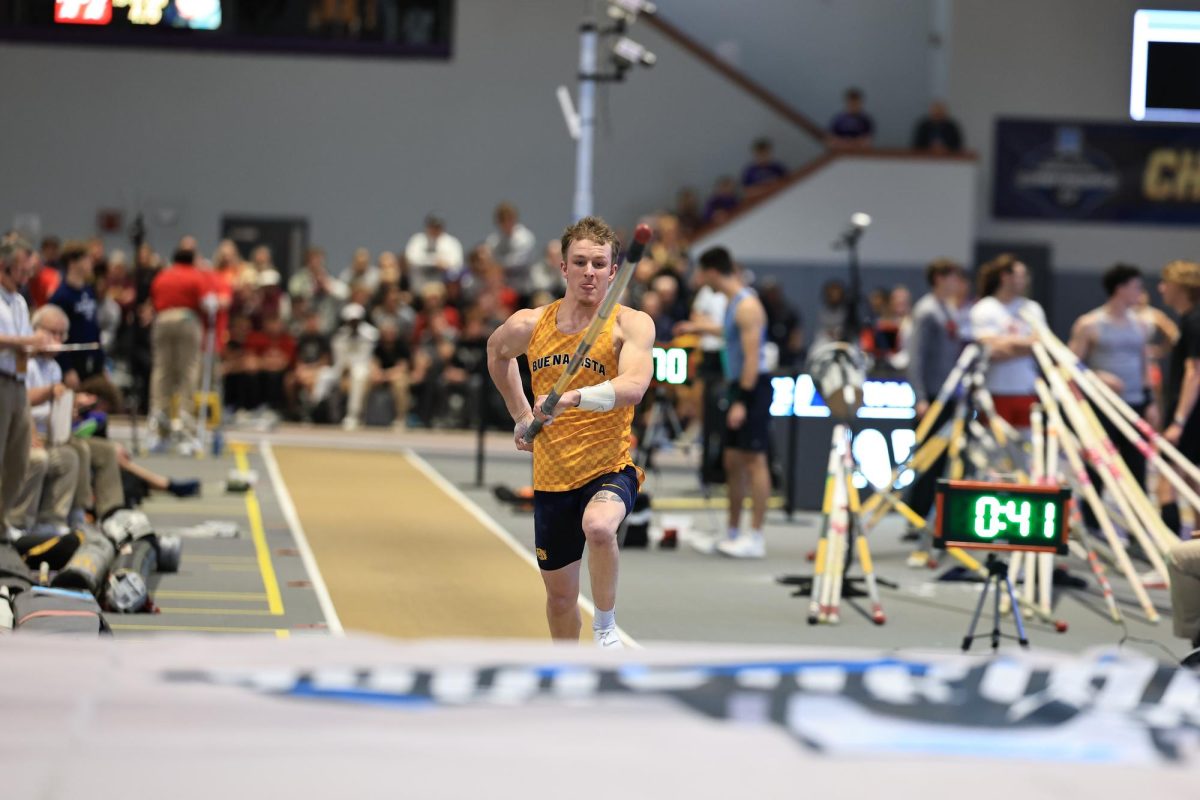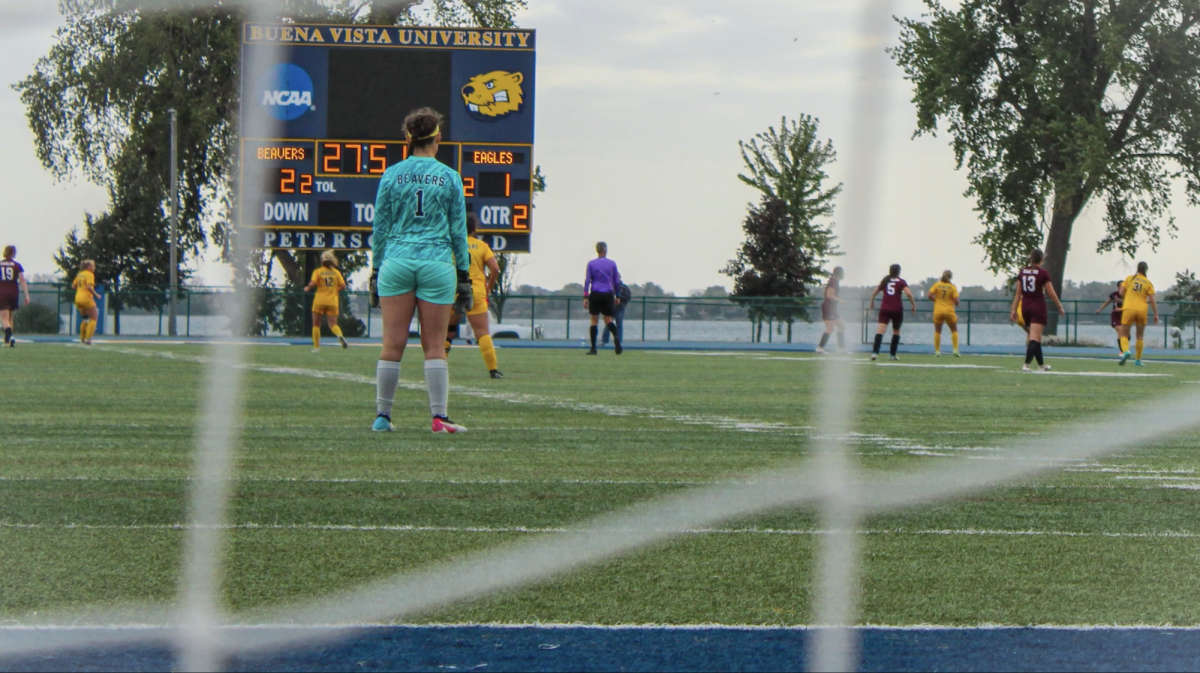Kelsey Ackerman | Sports Co-Editor
Type 1 Diabetes is also known as “child-onset”. This is because it is usually diagnosed in children and young adults. Type 1 Diabetes is where the body does not produce insulin. Insulin is a hormone that is used in the body to convert sugar into usable energy. This can lead to hypoglycemia, which is low of blood sugar.
Type 1 Diabetes can make playing various sports, as well as everyday activities, more of an issue for someone than it would be without the disease. Thanks to various insulin therapies, it is a disease that can be lived with.
Sophomore cross-country and track athlete Tyler Larson has dealt with Type 1 Diabetes since he was diagnosed at age twelve.
“Type 1 diabetes is something that requires care and attention every day. Having a low blood sugar can interrupt any activity throughout the day. If carbohydrates aren’t immediately available, it can turn into a dangerous situation. Close monitoring and care is a must,” Larson said.
The summer after being diagnosed, Larson attended a summer camp called Camp Hertko Hollow (CHH), a camp for children with Diabetes. He continues to go back as a volunteer, and this summer will be his 9th trip there.
“[At the camp], I have met some of my closest friends. In this way, diabetes has made an even bigger impact on my day-to-day life,” Larson said.
When playing sports especially, Larson has to be aware of his blood sugar level. If the level becomes too low, it can lead to slower performance and commonly leads to a sensation known as “blacking out”, which is when vision starts to go black, and then can eventually lead to collapse.
In order to control this, most athletes have snacks such as juice boxes and fruit snacks present at any activity.
“During practice, my blood sugar may go low. If that happens, I have to sit out for a while. If this is during a key part of practice or a workout, it can really cut into the quality of practice for that day,” Larson said.
Another big part of controlling blood sugar is watching what he eats leading up to a practice or competition. Larson focuses on making sure he gets the right of carbohydrates so that he has a balance between too high or too low of blood sugar the couple hours leading up to a competition.
“If my blood sugar runs too high, especially leading up to practice, my body will start to dehydrate. It is especially an issue when it is hot outside, and dehydration is a concern even without a medical condition,” Larson said.
One of Larson’s biggest concerns about having Type 1 Diabetes is using it as an excuse. Dr. Hertko, the founder of CHH tells the camp each summer, “Don’t use your diabetes as a crutch.” This is something Larson applies to his everyday life.
“Having type 1 diabetes definitely does have a big impact on my life. It can instantly take me out of a game, race, or practice. It can even take my out of a test, presentation, or even while driving. That is where management comes in. With adequate control over my blood sugars, I can be just as competitive as any other athlete out there,” Larson said.









